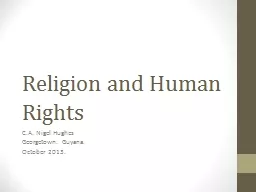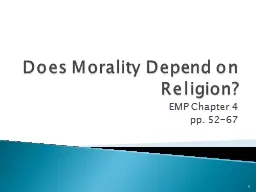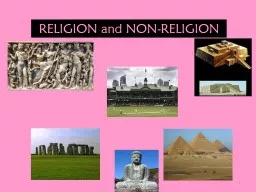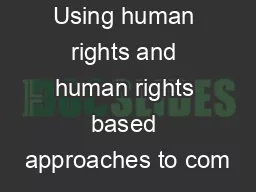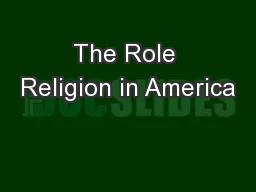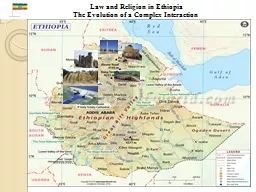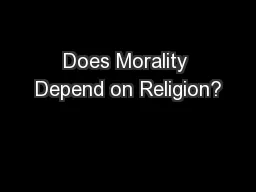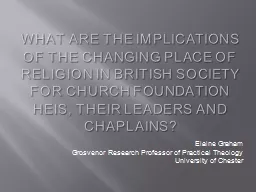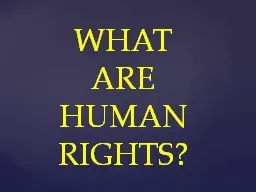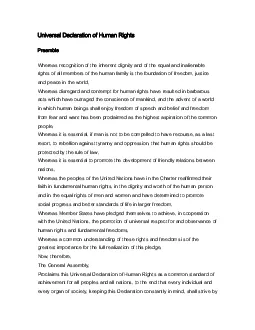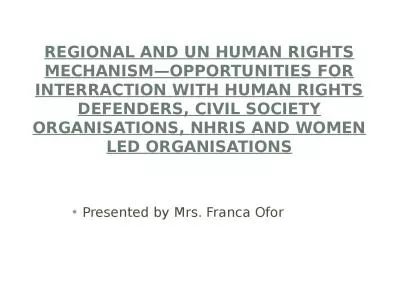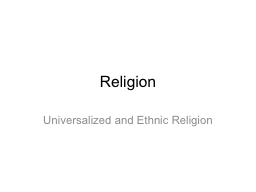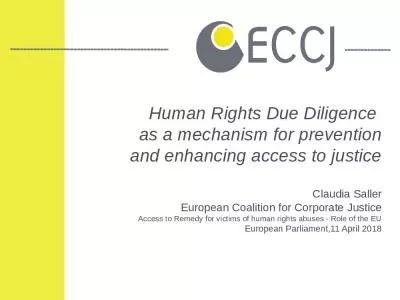PPT-Religion and Human Rights
Author : faustina-dinatale | Published Date : 2016-05-18
CA Nigel Hughes Georgetown Guyana October 2013 Guyana Guyana is located on the north eastern should of the South American continent It is the only E nglish speaking
Presentation Embed Code
Download Presentation
Download Presentation The PPT/PDF document "Religion and Human Rights" is the property of its rightful owner. Permission is granted to download and print the materials on this website for personal, non-commercial use only, and to display it on your personal computer provided you do not modify the materials and that you retain all copyright notices contained in the materials. By downloading content from our website, you accept the terms of this agreement.
Religion and Human Rights: Transcript
Download Rules Of Document
"Religion and Human Rights"The content belongs to its owner. You may download and print it for personal use, without modification, and keep all copyright notices. By downloading, you agree to these terms.
Related Documents

